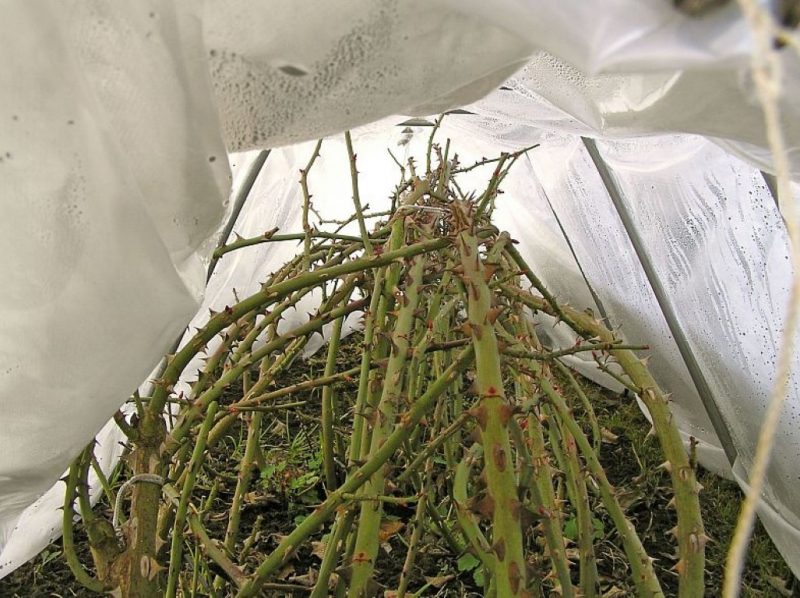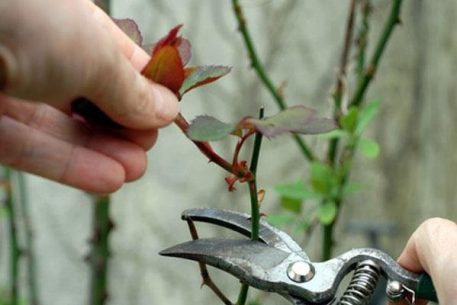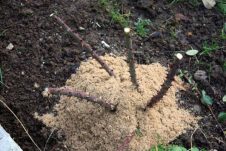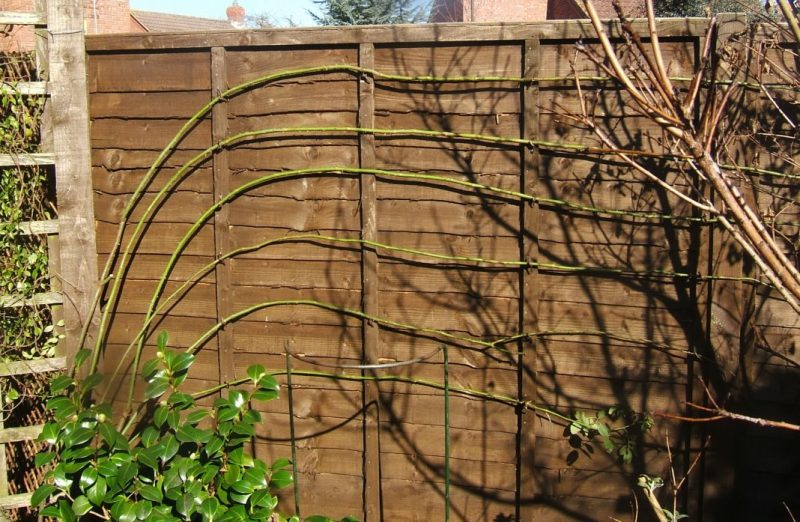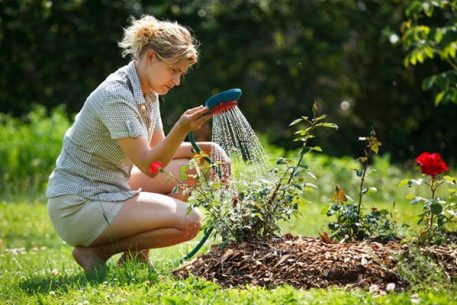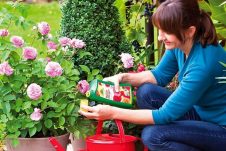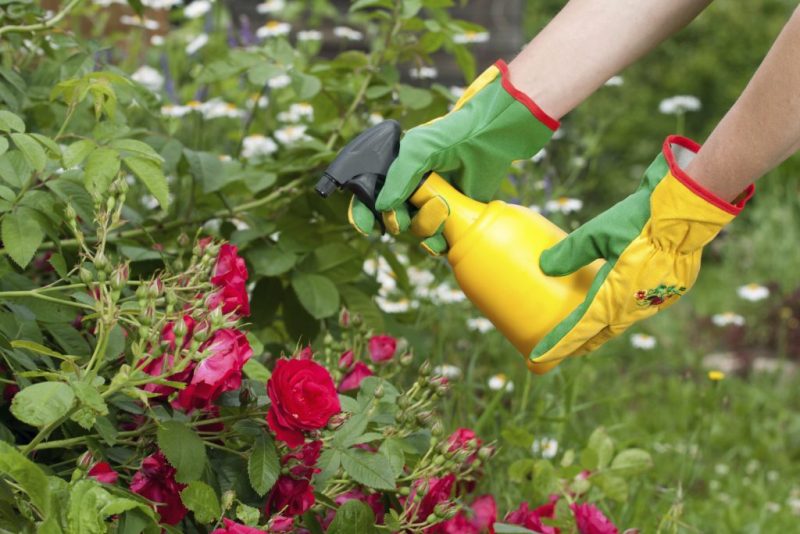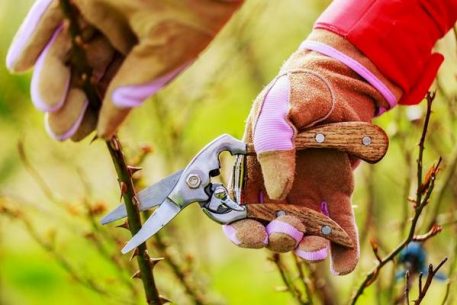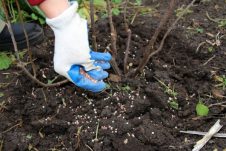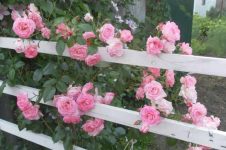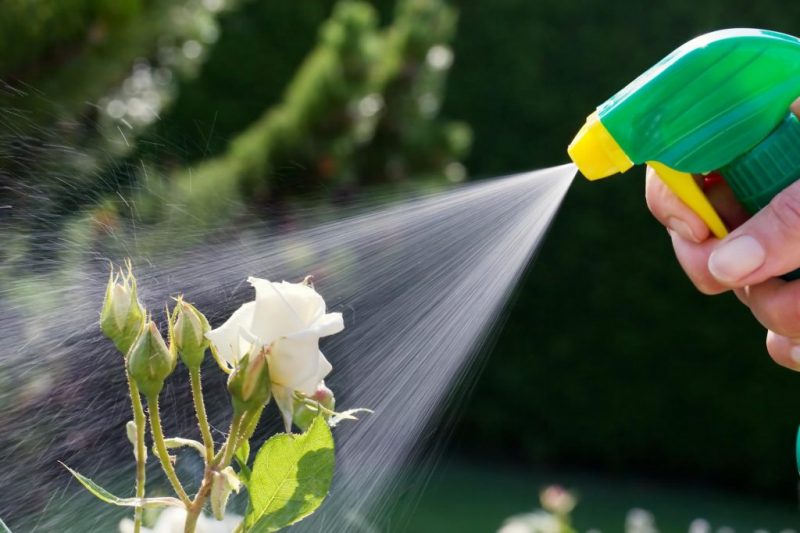Roses in the garden are always there and remain the main decoration. How to take care of the queen of the garden, so that she bloom magnificently all season?
Material Content:
When to take cover
The first stage of caring for roses in the spring is the removal of shelter. Sometimes, even in early March, the sun begins to please us with warmth. But in no case can you rely on the first spring warmth. If you remove the shelter from roses already in March with the first sun, then the roots that are in unheated soil will not nourish the plants. At the same time, shoots warmed up by the sun will begin to come to life. Such plants will be scared even the slightest spring frost.
You can not be safe and take cover too late.
If you do not remove the shelter from the bushes in time, they can get sick.
In the spring, after winter, the timing of removal of the shelter from rose bushes depends on the following factors:
- melting snow;
- temperature rise;
- heated soil;
- type of shelter.
As a rule, they begin to remove covering material when almost all of the snow has melted. That is, the timing of the removal of the shelter depends on weather conditions, climate zone and is not tied to a specific date. When the snow falls in the country and the soil warms up a bit, the shelter can be removed.
How to prune flowers
Be sure to cut the rose bushes after removing the shelter. When pruning a bush, as a rule, gardeners leave up to 5 developed shoots. These shoots should be shortened to 4 buds. Usually the height of the bush after trimming is about 20 cm.
Shoots that grow inside the bush or too weak and thin branches are also cut.When pruning, leave branches that are younger than the bark. You can not leave a thickened bush, as it will have an unattractive appearance and poor flowering.
Hybrid tea varieties are cut to a height of 25 cm. At the same time, about 6 buds are left on each shoot. Roses of this variety bloom on the branches of this year, so all old shoots can be easily trimmed.
Rules for garter roses after winter
Most species and varieties of garden roses require support. As soon as the buds begin to grow, the branches should be tied up. Optionally attach the shoots with soft wire to the support.
You can install metal supports in the shape of a cone around the bushes, but they are not available to all gardeners. Usually, two or three sticks are clogged around the bush, and shoots are tied to them.
If you do not tie up the bushes, then young branches can easily break the wind at the very root. If it is not possible to establish a support, then the branches should be fastened with a rope at least among themselves so that they are not broken by the wind.
Watering, top dressing, mulching
As soon as the shelter is removed and the bushes are cut, they should be mulched. The mulch layer must be at least 7 cm thick. Sawdust and peat can be used as mulching material.
Mulching traps moisture at the roots, and the bushes will not dry out so much when real heat comes. In addition, mulching helps inhibit the growth of weeds, which greatly facilitates the maintenance of rose bushes in the garden.
Mandatory care of roses in the month of May, when the weather is warm and the soil begins to dry out, is watering. Roses should be watered regularly.
Watering is especially important during the period of shoot growth and the formation of buds.
It should be watered as the soil dries up, in no case preventing the soil from drying out at the roots. After each watering the next day, the soil around the bushes is loosened.
Growing garden roses in the open ground, special attention should be paid to fertilizing. Especially important is the first, spring top dressing, which helps plants regain strength after the cold weather.
The main nutrients for roses are potassium, phosphorus, magnesium and nitrogen. But we must not forget, making fertilizers, that their excess can weaken the rose bushes. It is advisable to purchase a special complex fertilizer for garden roses, in which the dosage will be correctly calculated.
Roses are fed in the period of active growth. The second top dressing is introduced after the first flowering.
So that garden roses not only grow well and are strong, but also abundantly, bloom for a long time, in addition to mineral fertilizers, organic matter must be added under them. It is good to use rotted manure or heavily diluted chicken droppings as organics for fertilizers. Organic matter can be added simultaneously with minerals at the rate of 1: 1. Manure is enough for each bush to make 1 scoop.
Fertilizers for rose bushes are applied only to wet soil. Immediately after feeding, the bushes should be shed abundantly.
Bushes processing
In the spring, treatment against pests and all kinds of diseases is also necessary. Roses are very susceptible to fungal diseases, often suffer from insect attacks. Therefore, it is so important to timely process the bushes.
As soon as the buds begin to grow, in the early spring, almost immediately after removing the shelter, the bushes are treated against insect larvae and microorganisms. Timing depends on the weather and climate of the region. In the middle lane, this time usually coincides with April.
As soon as the bushes are trimmed, the soil around them is sprayed with a solution of copper sulfate. This venture helps prevent the development of infectious burns in flowers, or, in other words, stem cancer.
So that the flowers do not get sick with powdery mildew or black spotting, they are already treated with iron sulfate. Such treatments are carried out not only in the spring, but also in the summer, immediately after the first flowering.
If on a rose more than two stems are affected by a fungus, it is better to dig out such a plant, take it out of the area and burn it. Such roses can no longer be cured.
After the initial treatment, after a couple of weeks, rose bushes are sprayed with universal mixtures in which there are insecticides and fungicides. Such a measure will serve as an excellent prevention of the spread of rust, aphids and powdery mildew. This procedure should be repeated every two to three weeks the entire season, starting in early spring.
How to care for roses in the garden after planting
After planting, roses need careful care, which consists in proper pruning, proper fertilizing and even a whole range of measures. All this will help to add flowering in the first year.
First pruning
Pruning stimulates the rose bush to drive out new shoots. If, after planting, the rose is correctly cut, then in the first season you can form a decorative bush.
The first trim should be weak. Perform it with a sharp secateurs. A cut above the external kidney is 1 cm higher. Each shoot should be pruned. If the rose has branches growing inward, they should be removed.
Spring fertilizing, mulching the soil
Experienced flower growers advise to start feeding under spring seedlings only in the summer, or to add only organic matter. Well, if it is possible to fertilize planted roses with horse manure or horn shavings. Excellent fertilizer for seedlings of slurry.
In total, from mid-spring to the end of summer, fertilizing should be done four times. Mullein can also be introduced, but it is diluted with water at the rate of 1: 3. When feeding young plants, they should be immediately watered abundantly, and the next day, loosen the soil around the roots.
Having planted roses in the spring, they must be mulched. Mulch will protect the soil from drying out. Mulching is carried out after applying the first fertilizer. In addition, the mulch will later relieve frequent loosening and weeding. First, they spill the earth, then loosen it, and then lay a layer of mulch about 7 cm thick.
Installation of supports
Many varieties of roses need support. They are also arranged for seedlings, using wooden structures to which growing shoots are tied. You can use stakes, sticks, which are driven into the ground around the bush, and then branches are attached to them with ropes.
Disease and Pest Prevention
In the spring, roses are often attacked by aphids, which are especially dangerous for spring seedlings. Preventive measures are mandatory - bushes need to be inspected more often and regularly processed. In the spring, young roses are sprayed as a preventive measure. It is especially important to spray varieties that are not immune to powdery mildew. Also, those bushes that were ill last year should be carefully inspected and sprayed.
After spring planting, roses need to be treated with fungicides and insecticides. Many flower growers use Bordeaux and iron sulfate. Biological products based on tansy, nettle and other plants are also very effective. Spraying can begin immediately after planting.


